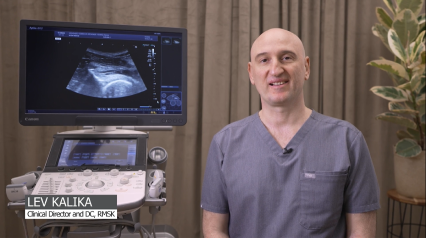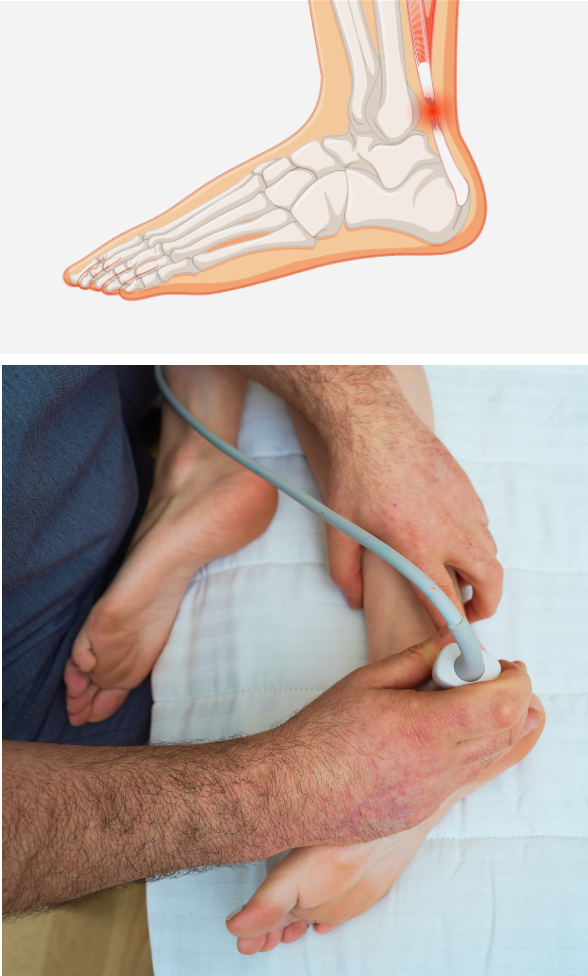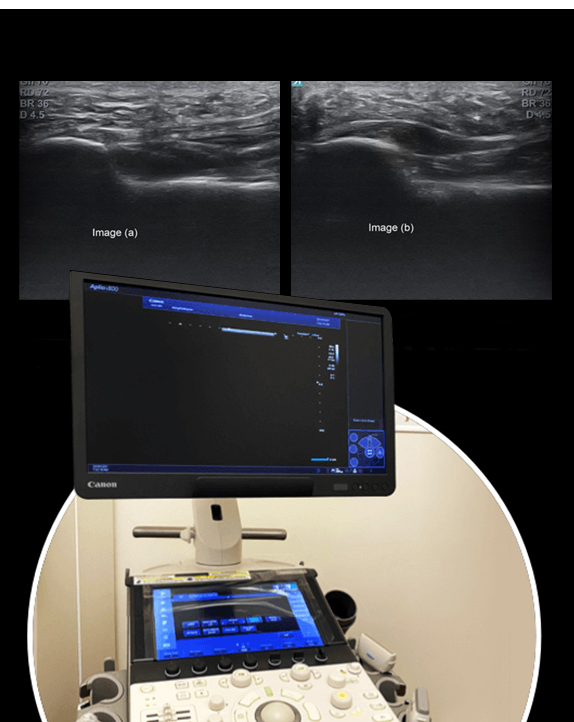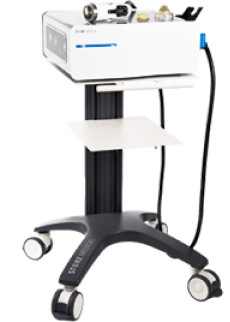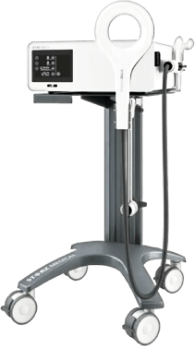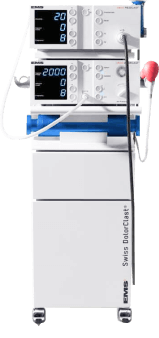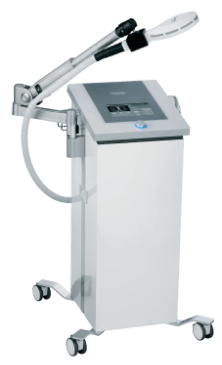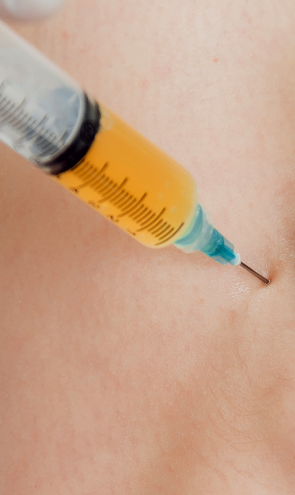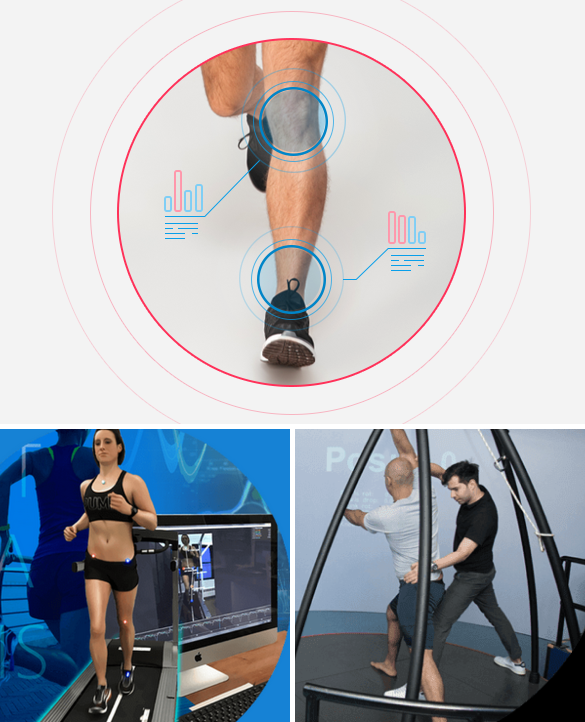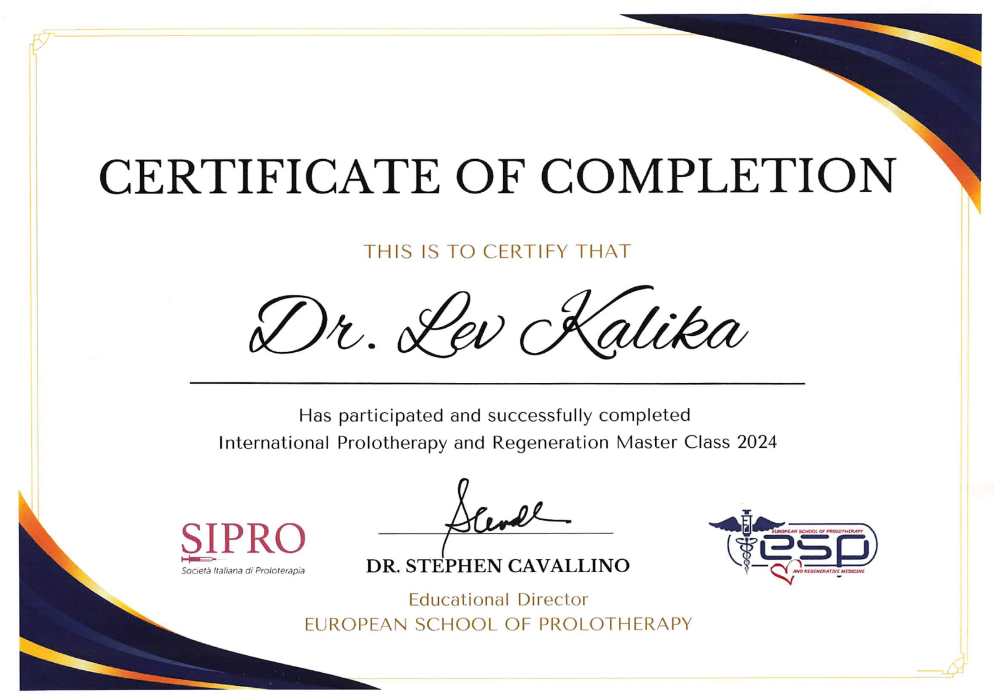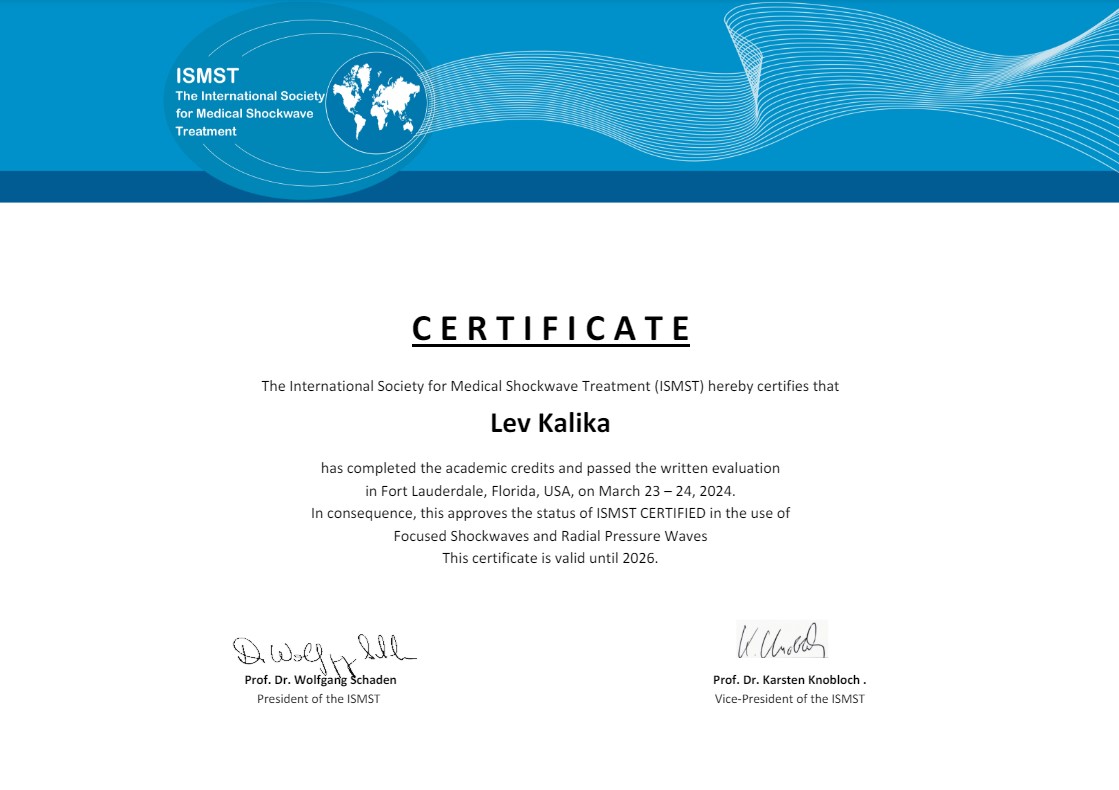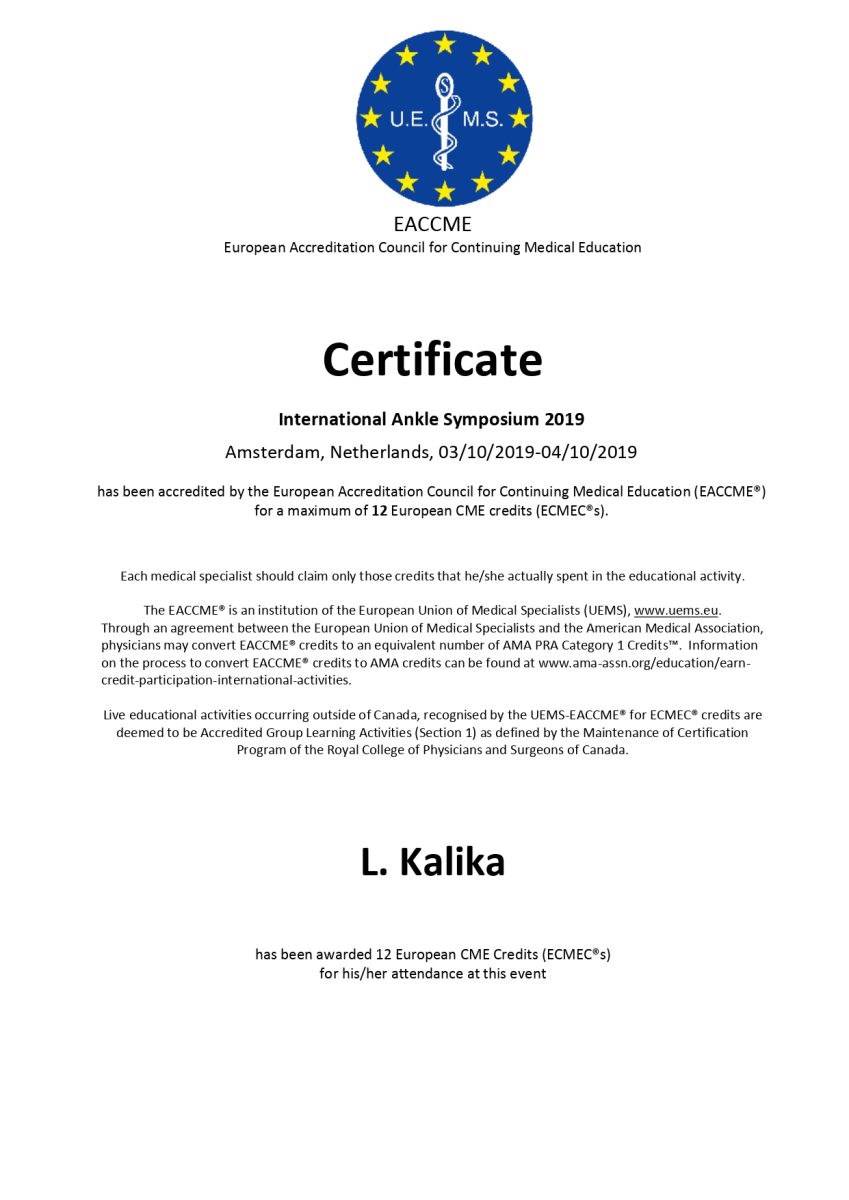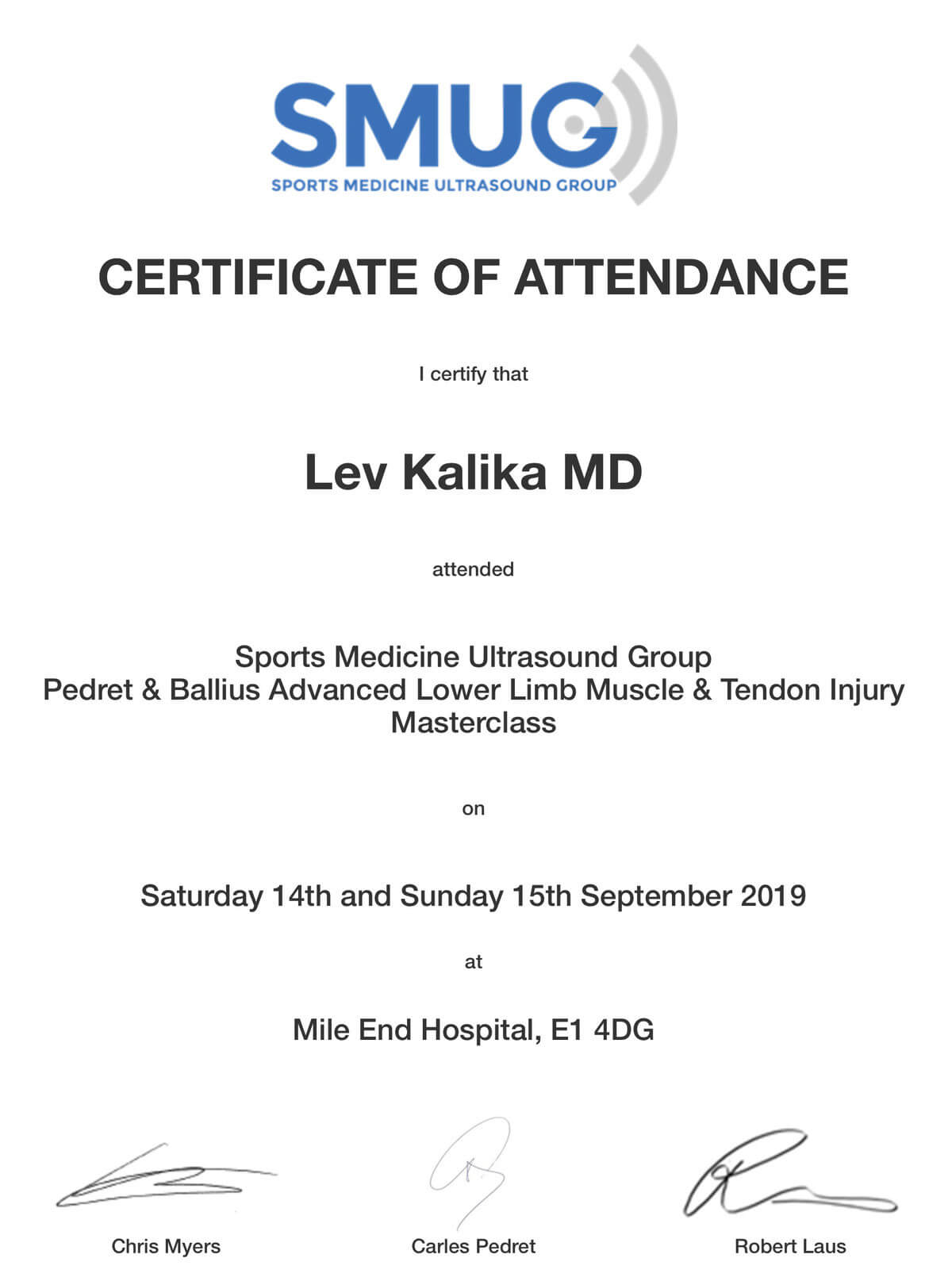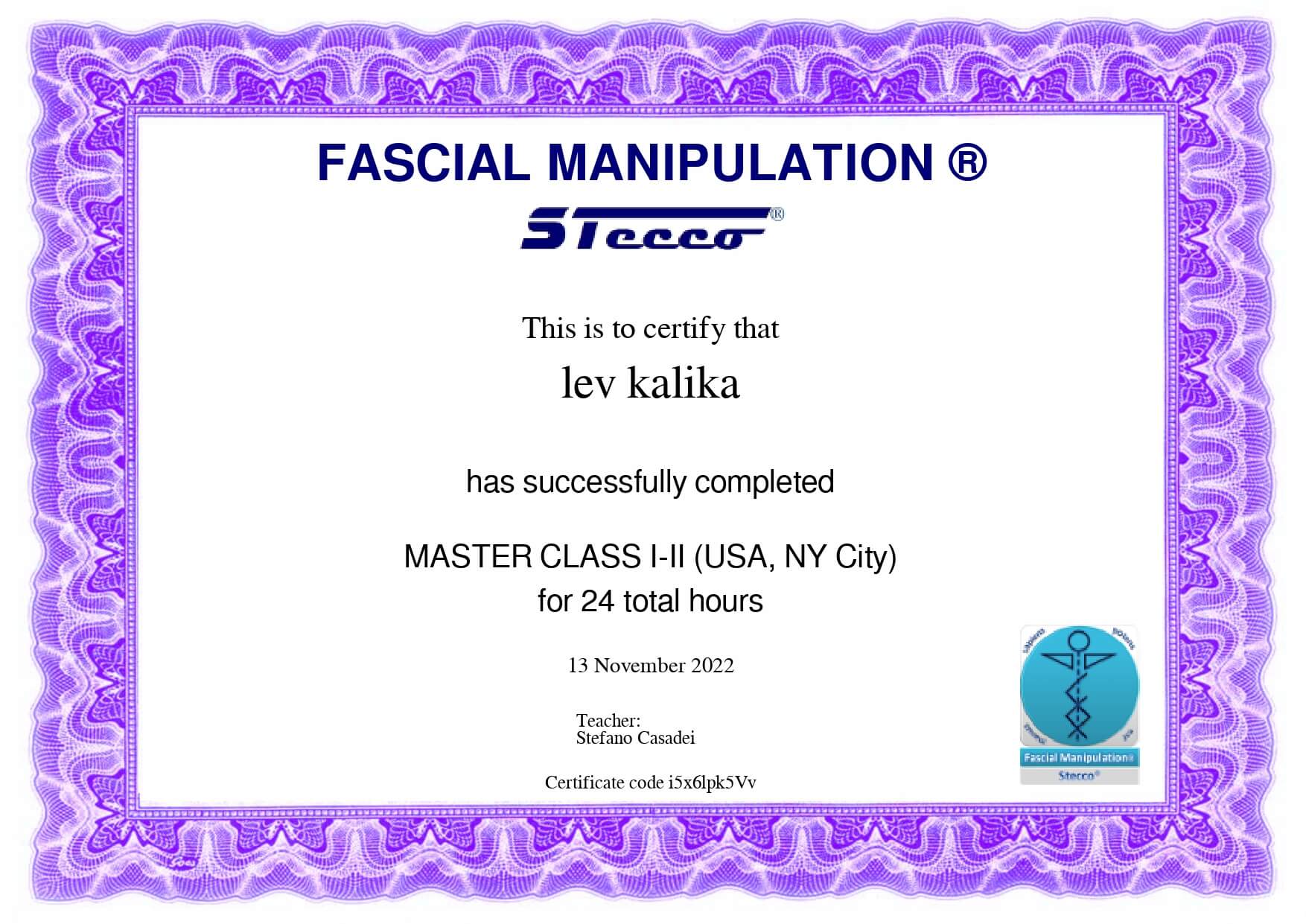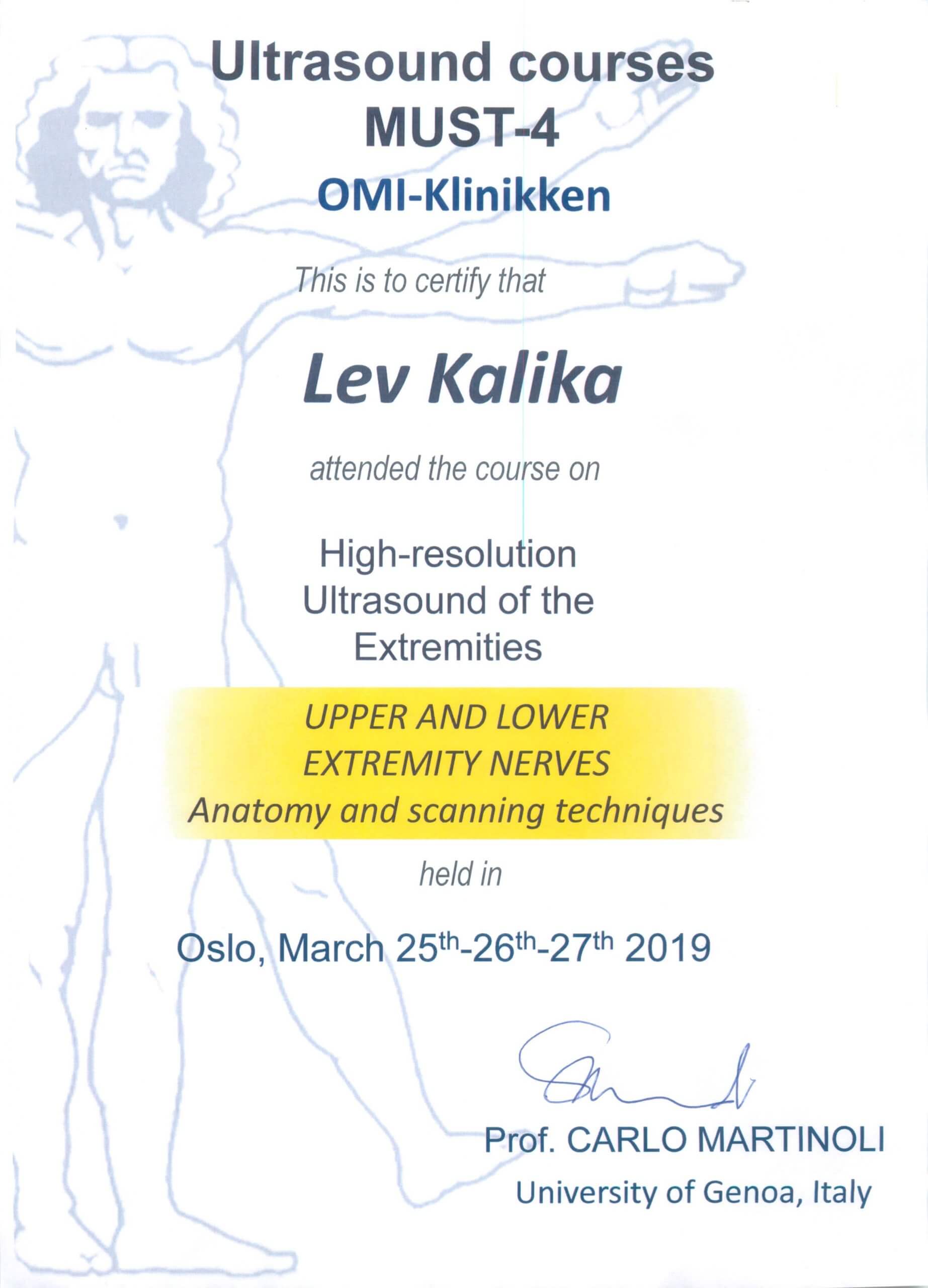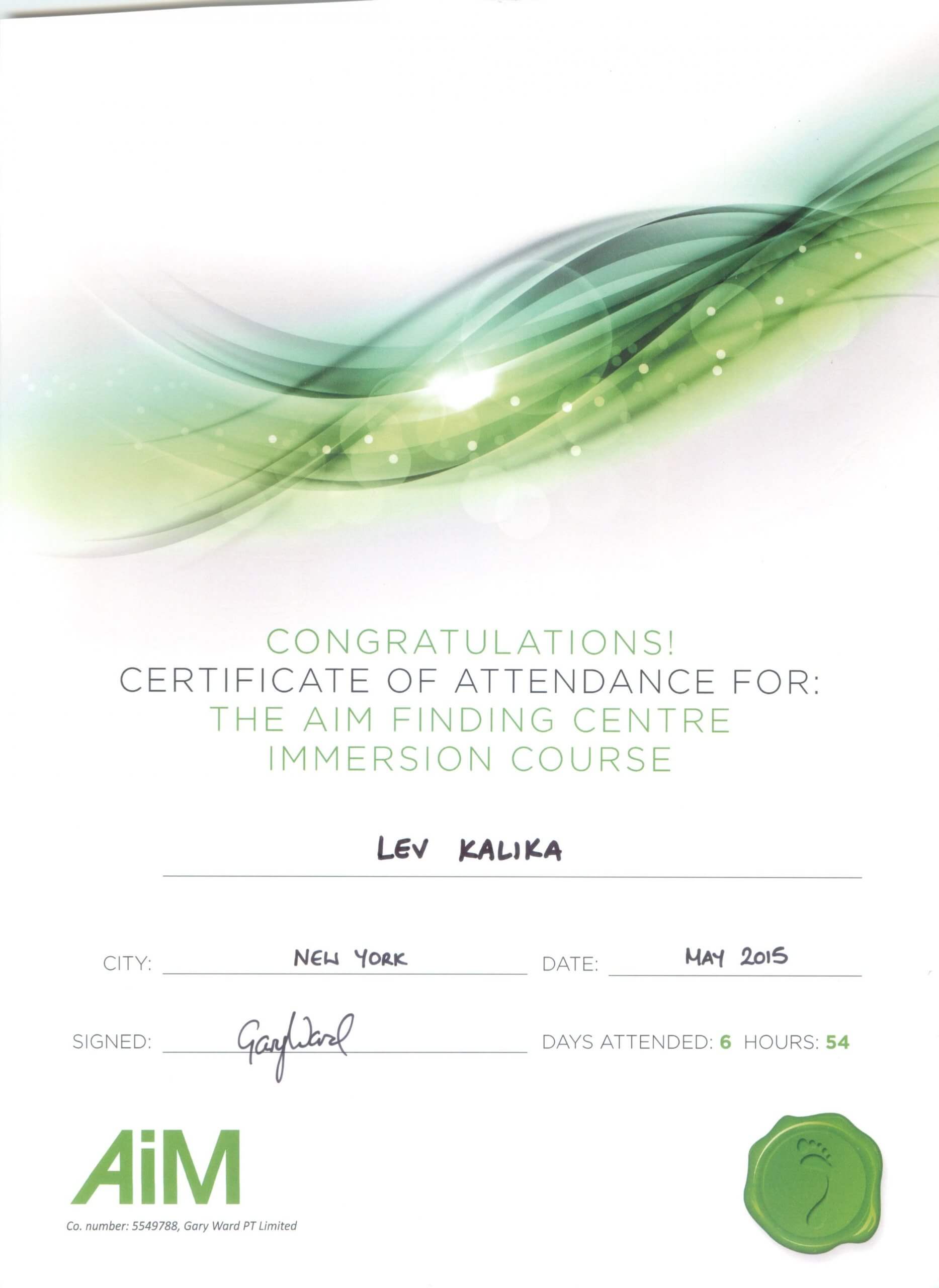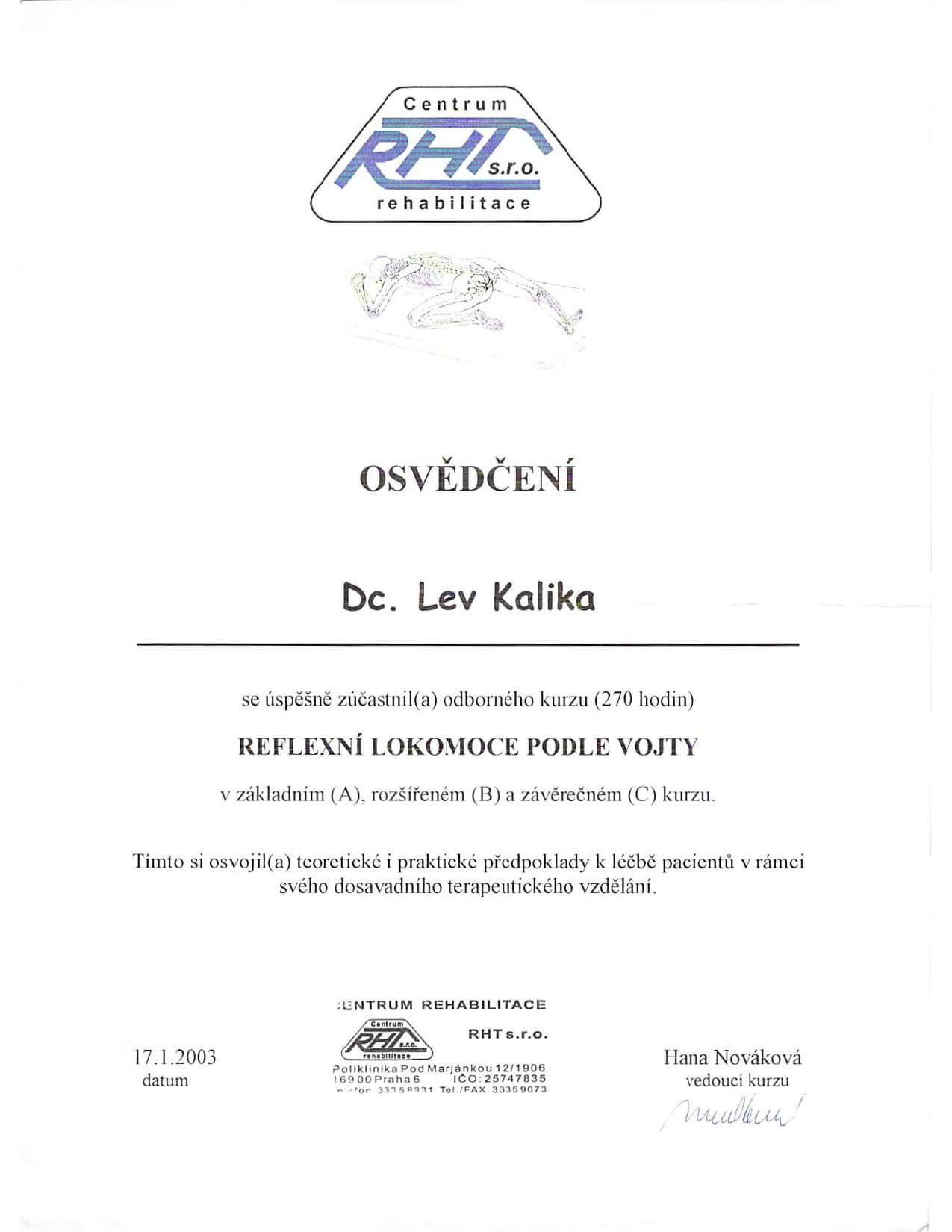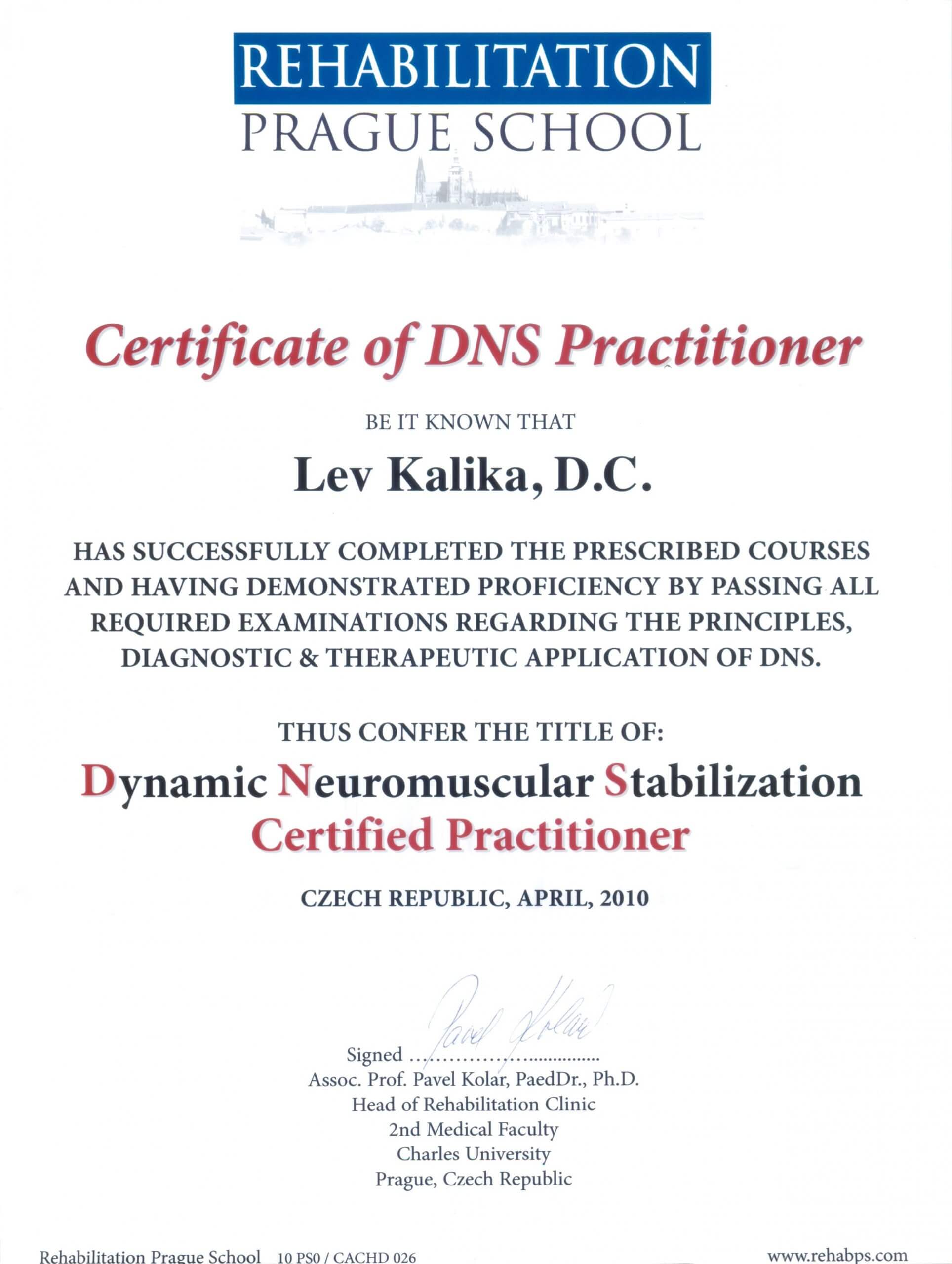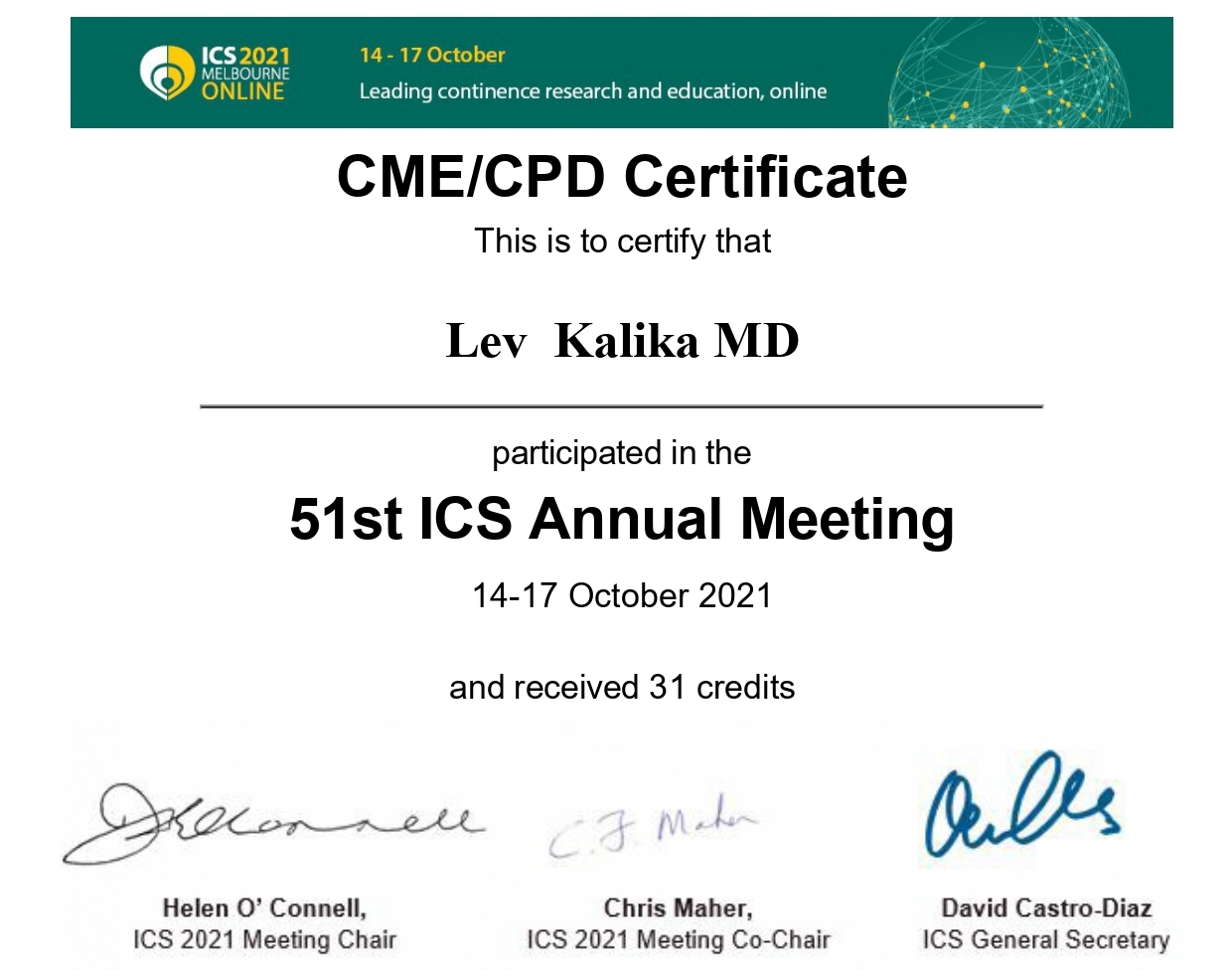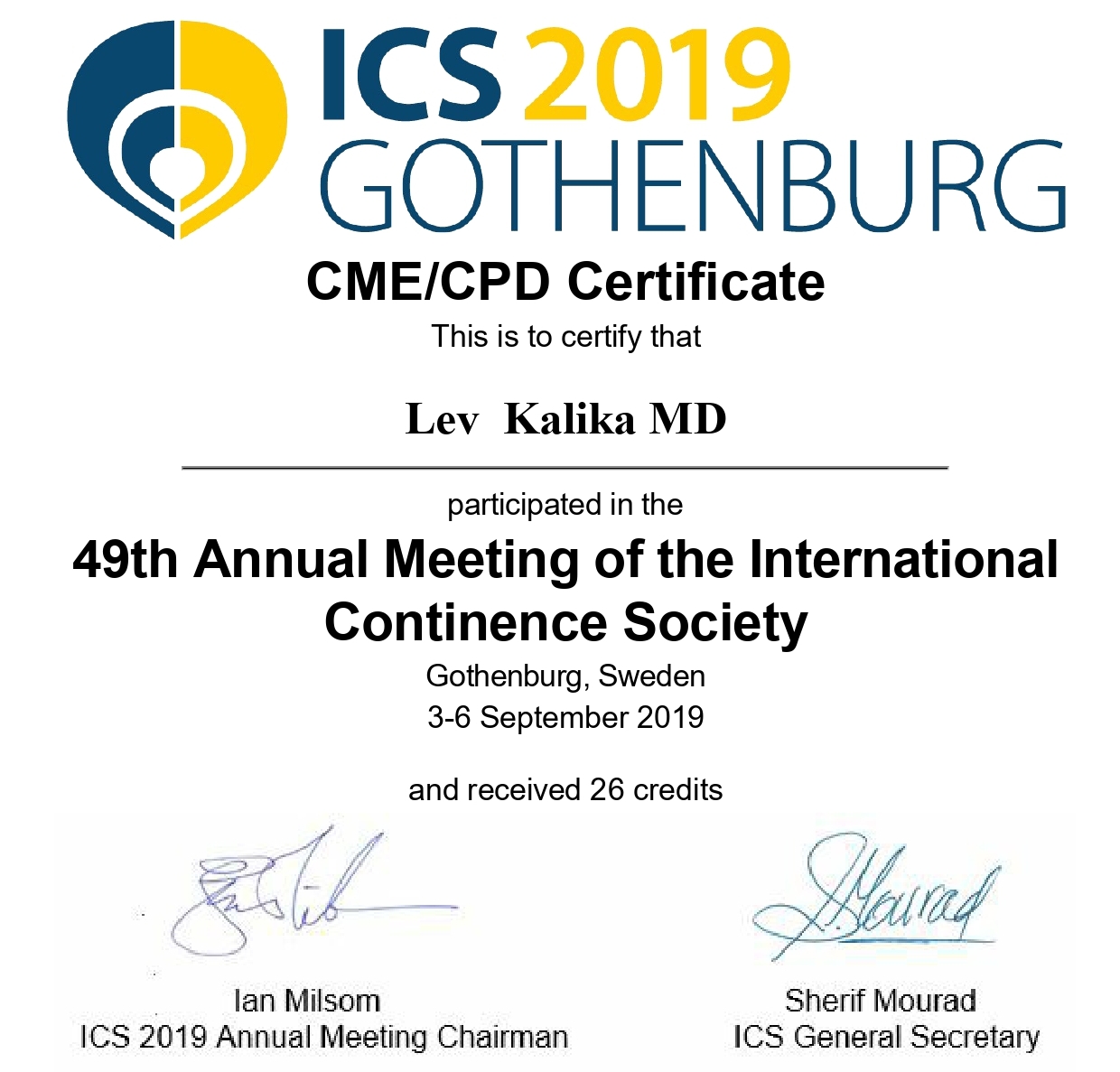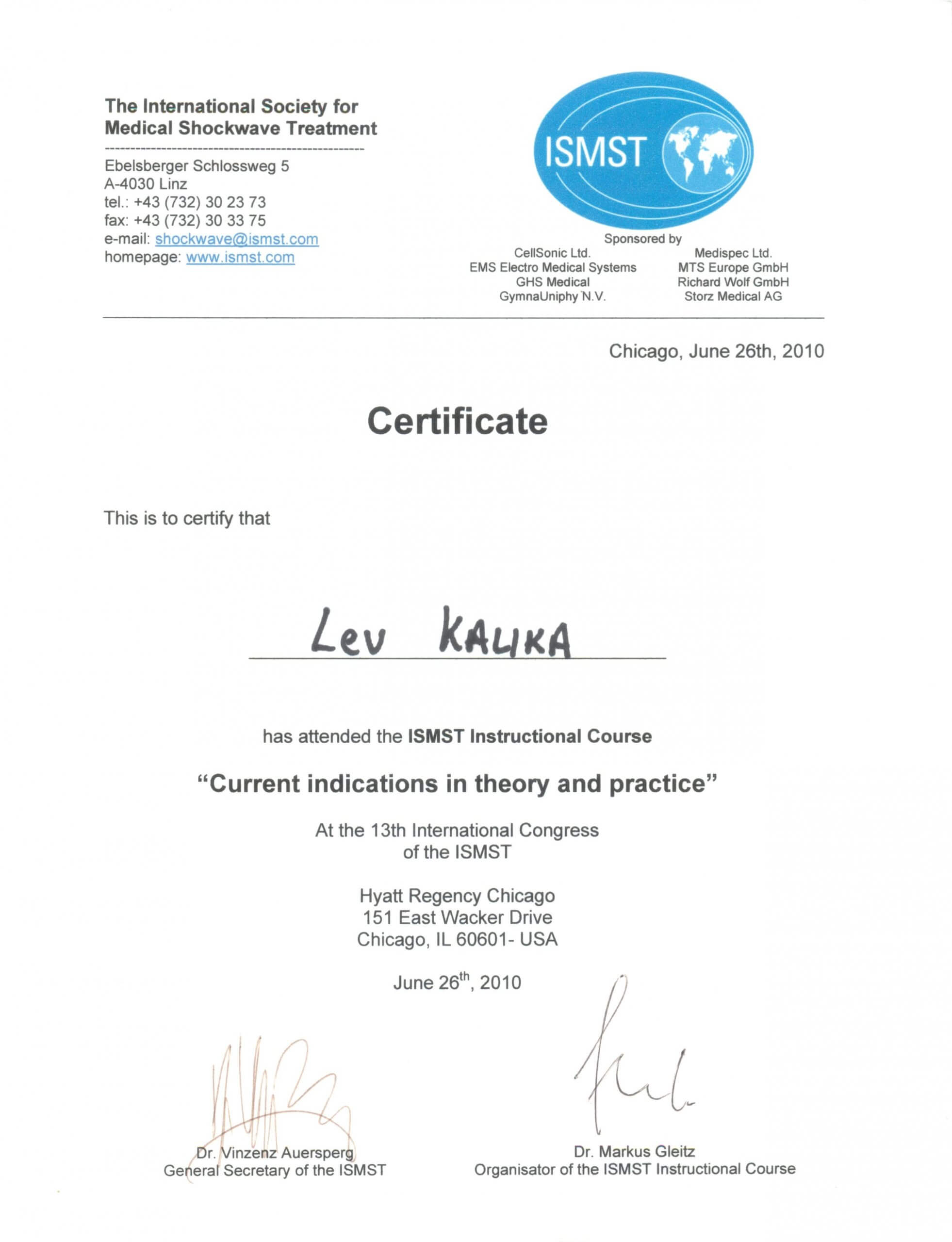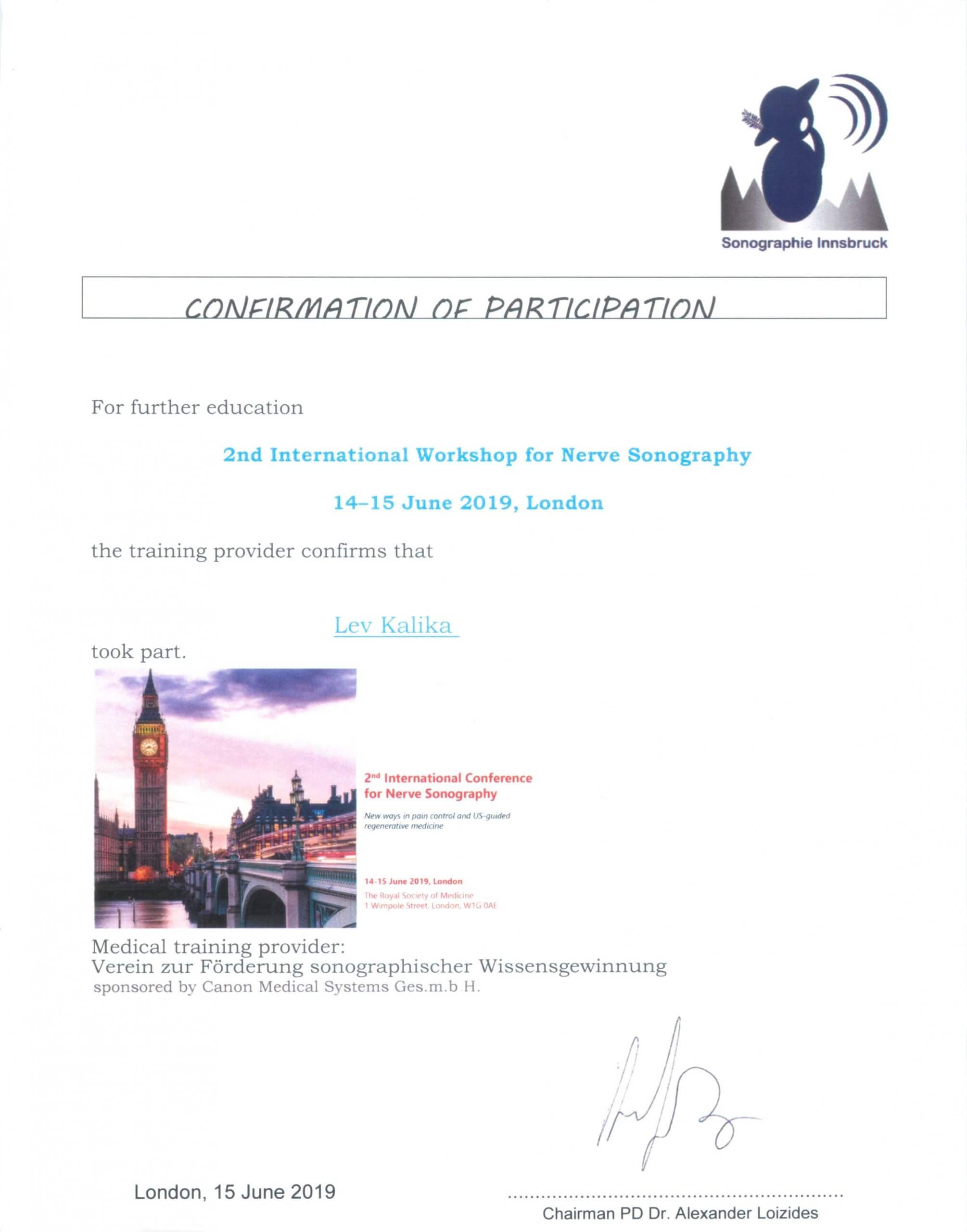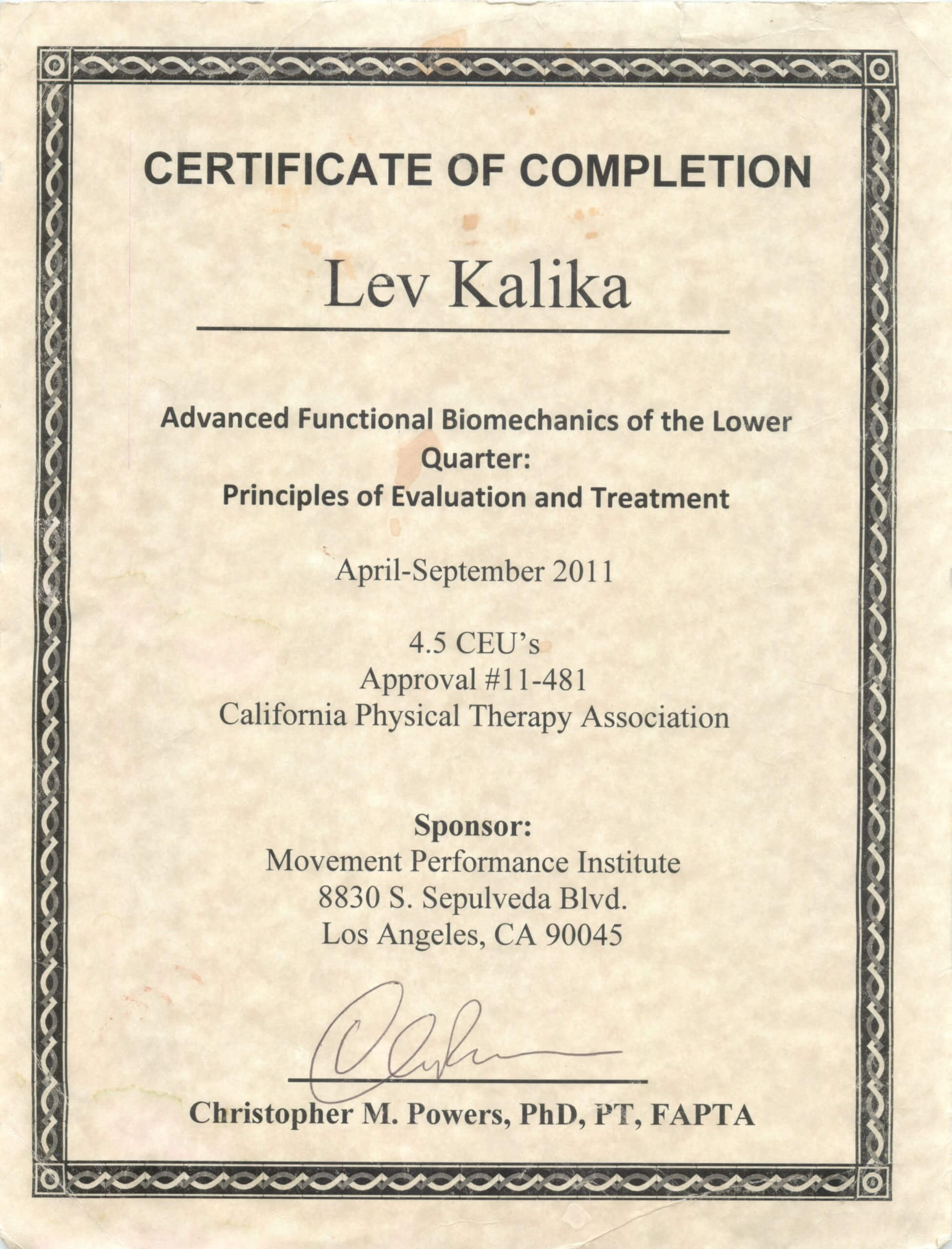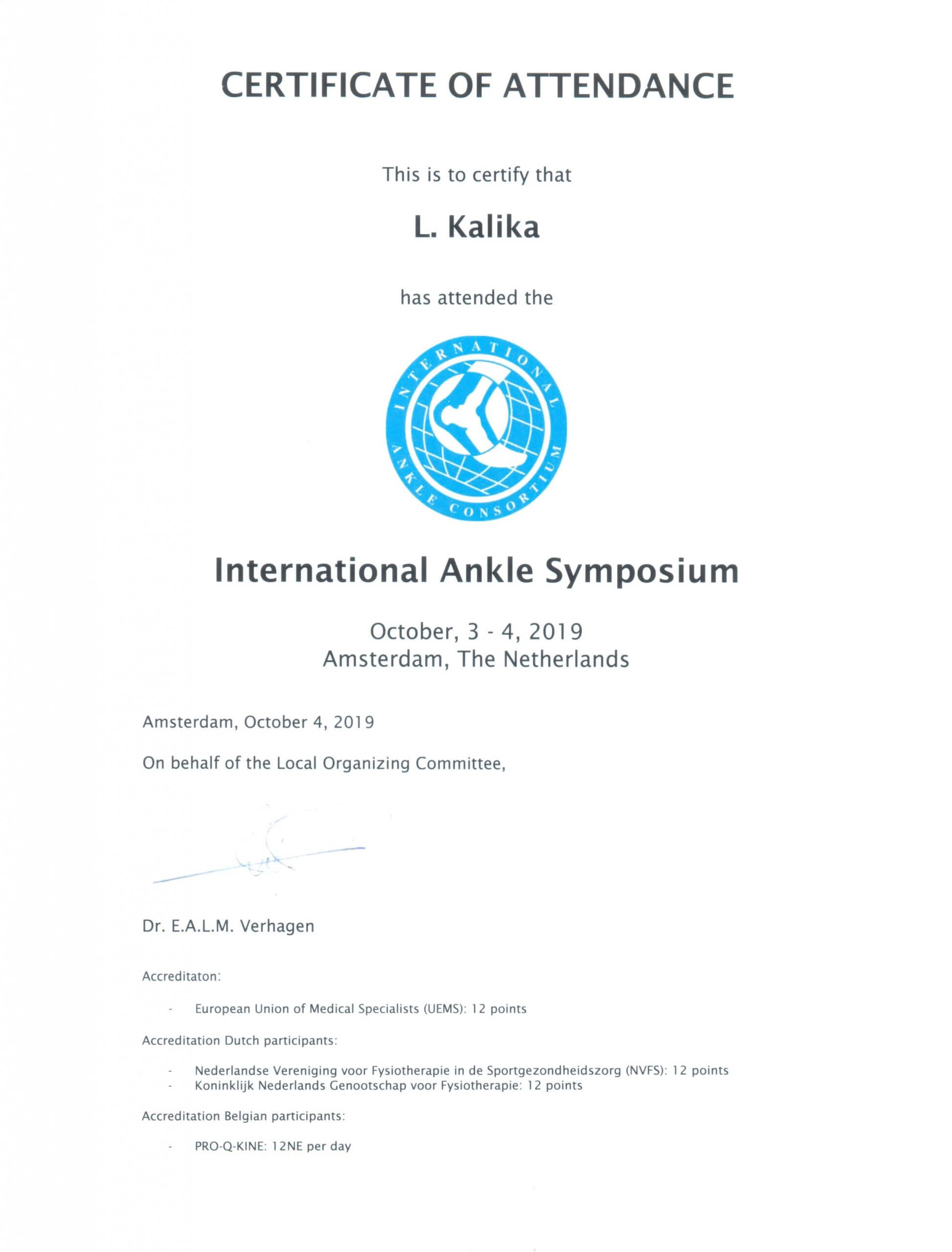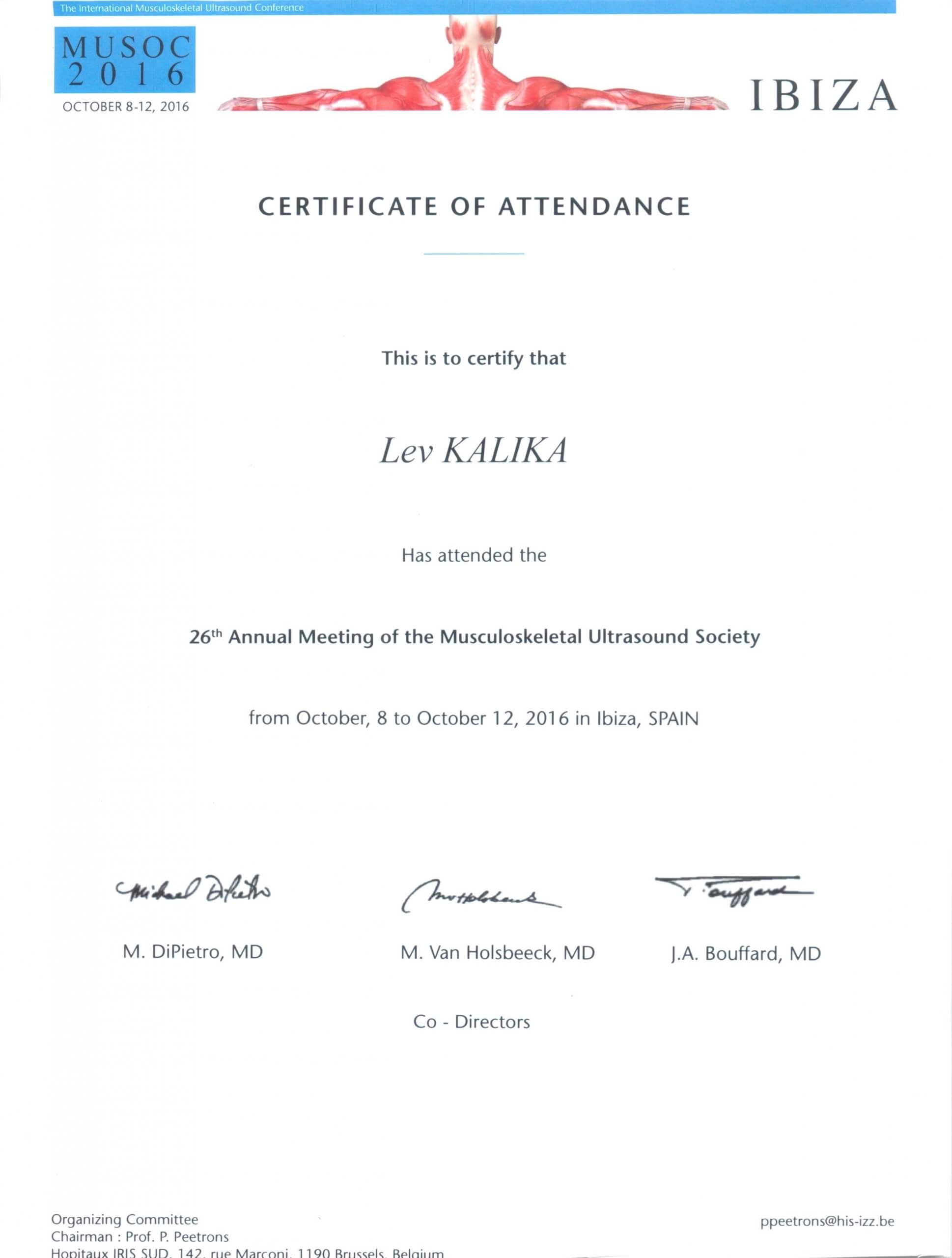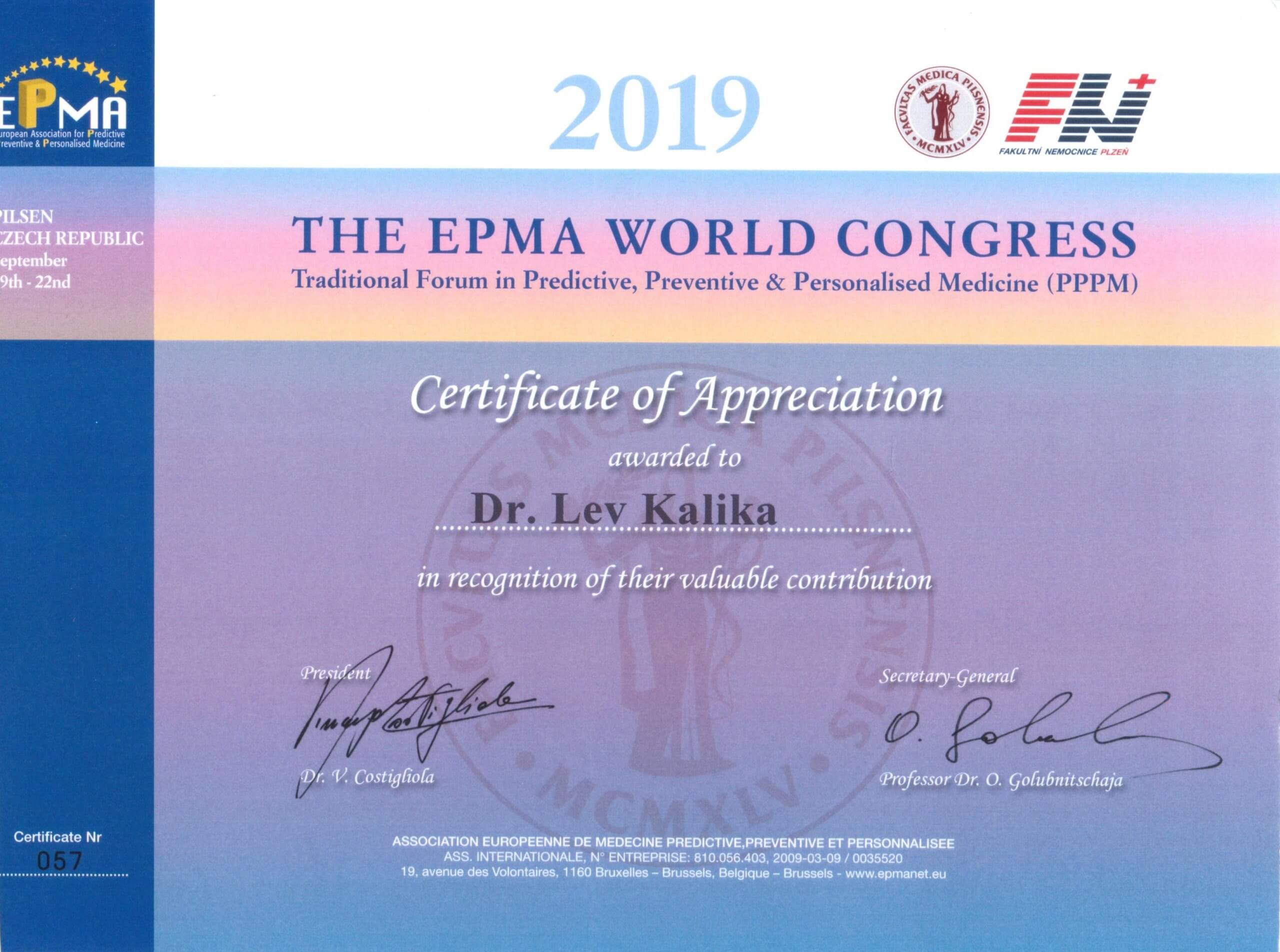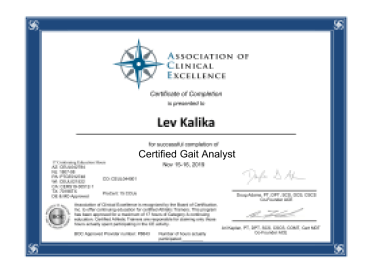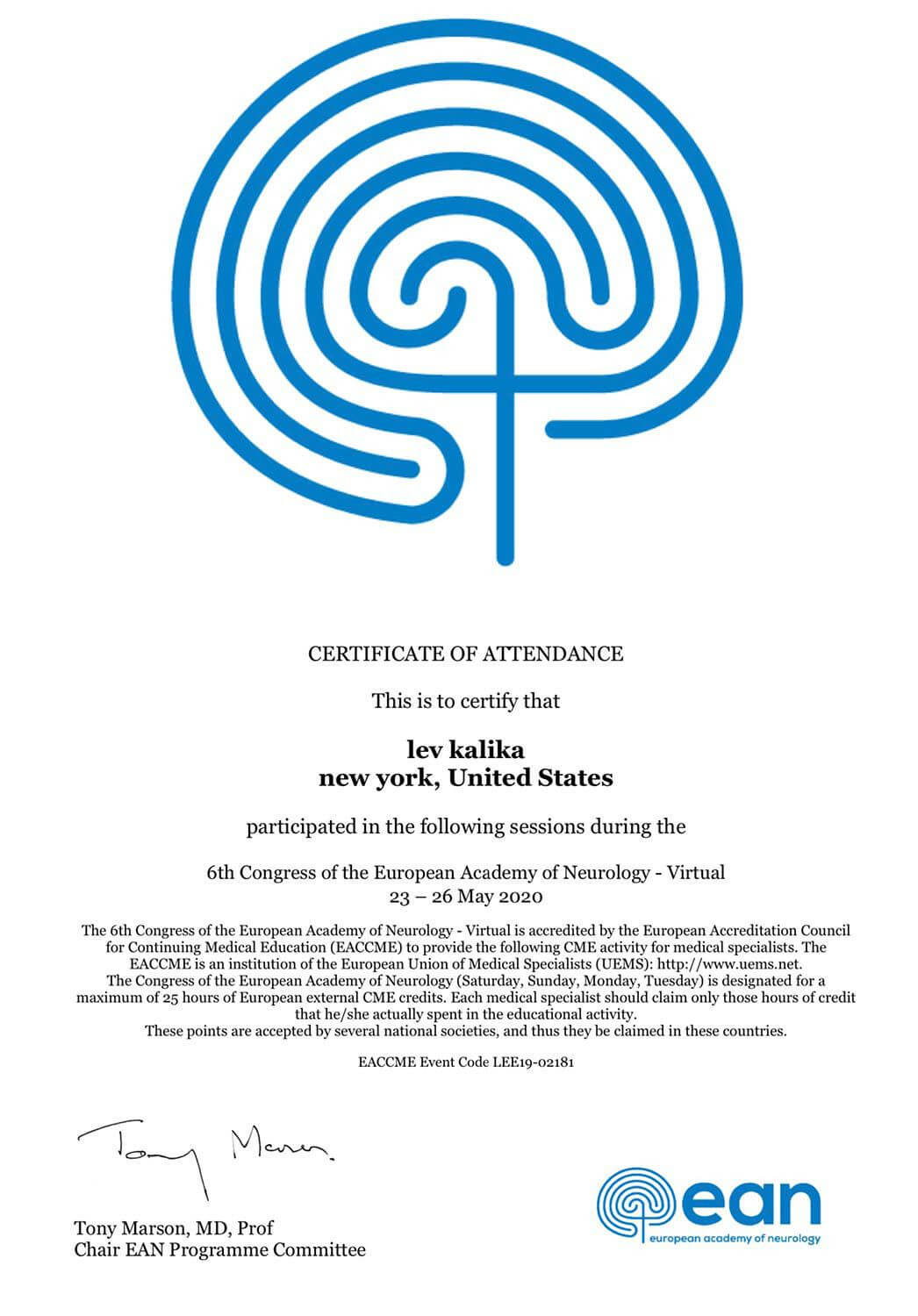Why Choose NYDNRehab for Achilles Tendon Shockwave Therapy?
While tendons have elastic properties, they are made up mostly of collagen fibers with limited vascularity, making them slow to heal. Conventional treatment for tendon injuries involves classic first aid, such as rest, ice and compression, along with physical therapy and NSAIDs for pain and inflammation. But physical therapy alone may not be sufficient to fully rehabilitate your injured Achilles tendon.
Tendons are an extension of muscles, made up mostly of tough dense collagen fibers, arranged in parallel. Without appropriate treatment after an injury, tendon tears and ruptures can cause collagen fiber disorientation and thinning. Over time, the tendon begins to degenerate, losing its elastic properties and reducing overall performance. ESWT modulates inflammation in the tendon remodeling phase, to initiate tissue repair and encourage optimal fiber remodeling.
Many physical therapy clinics advertise shockwave therapy when what they actually often offer is extracorporeal pulse activation technology (EPAT), which is an acoustic pressure wave and not a true shockwave. ESWT produces high frequency sound waves that stimulate the body’s own reparative mechanisms. ESWT is especially effective for treating chronic degenerative tendon disorders. Ultrasound guidance enhances the accuracy and effectiveness of ESWT.


